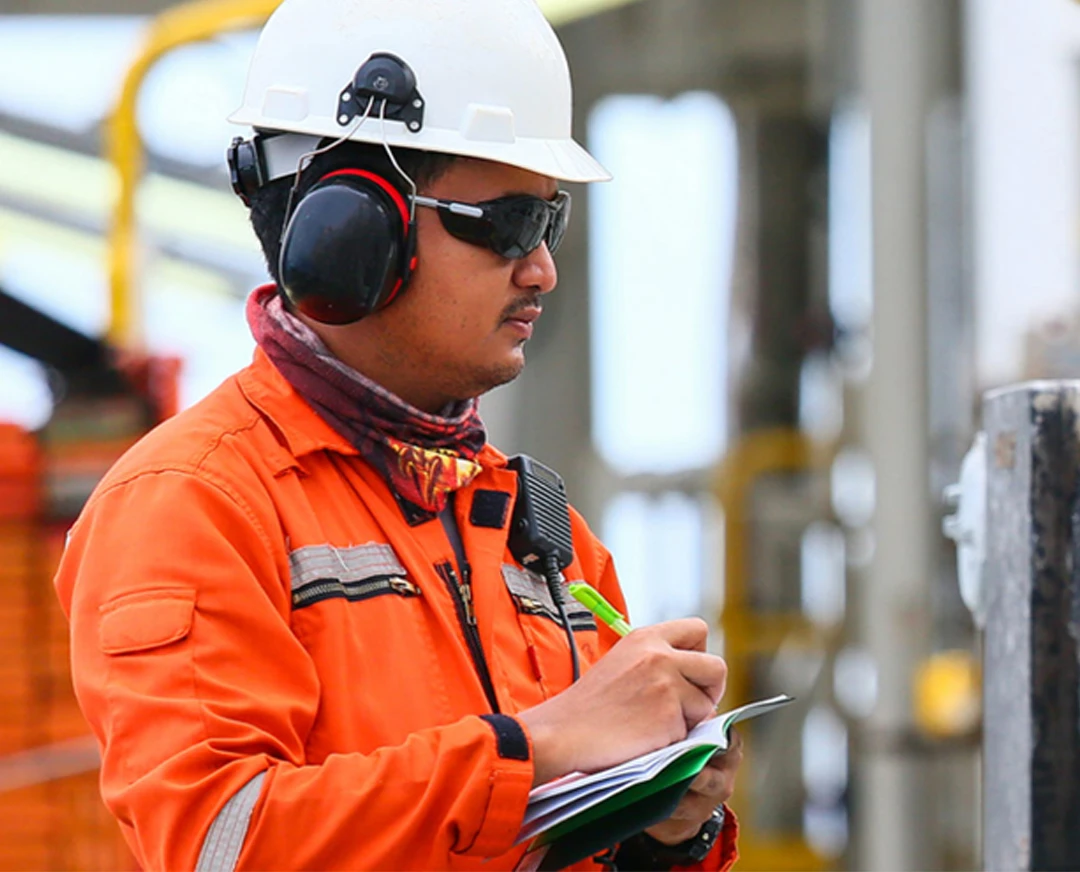
Since 2012, you have helped save over 1 billion kWh through I&M’s energy efficiency programs. That’s enough to power 88,807 typical homes for an entire year! The environment was helped by eliminating almost 6.7 billion pounds of C02, SO2 and NOX emissions since 2012. That’s equal to taking 672,326 gas-powered cars off the road for a year! More than 550 business customers received nearly $2.7 million in rebates in 2022.*
Energy-saving Programs
We offer many ways for customers to save money—from the Power Rewards programs to Online Energy Checkups.
Upgrade Your Lighting, HVAC and Refrigeration—with No Upfront Cost

We have partnered with Allumia to help make energy efficiency easy for you. Allumia designs, finances, installs and maintains your energy-efficient facility upgrades at no cost to you.
Rebates & Incentives
Our rebate programs are focused on energy savings that make it easier than ever for companies to help their bottom line and the environment.
Tips, Tools & Info
We offer a variety of useful tips, videos and other resources so you can stretch your energy dollars while also helping the environment.
It may not seem like swapping in LED bulbs or fixing a leaky steam pipe will do much to reduce your energy bill. But you’d be surprised!
Data as of 2022. Prior year data updated annually in June. Rebates and participation in 2022, were impacted by COVID-related program changes. Annual energy savings based on 12,000 kWh use per year. Estimated emissions reduction calculations are made using EPA.gov Greenhouse Equivalencies Calculator and gross verified kWh savings by program in 2022.
Product offerings and rebates are subject to change without notice. See the specific rebate application for Terms & Conditions.








